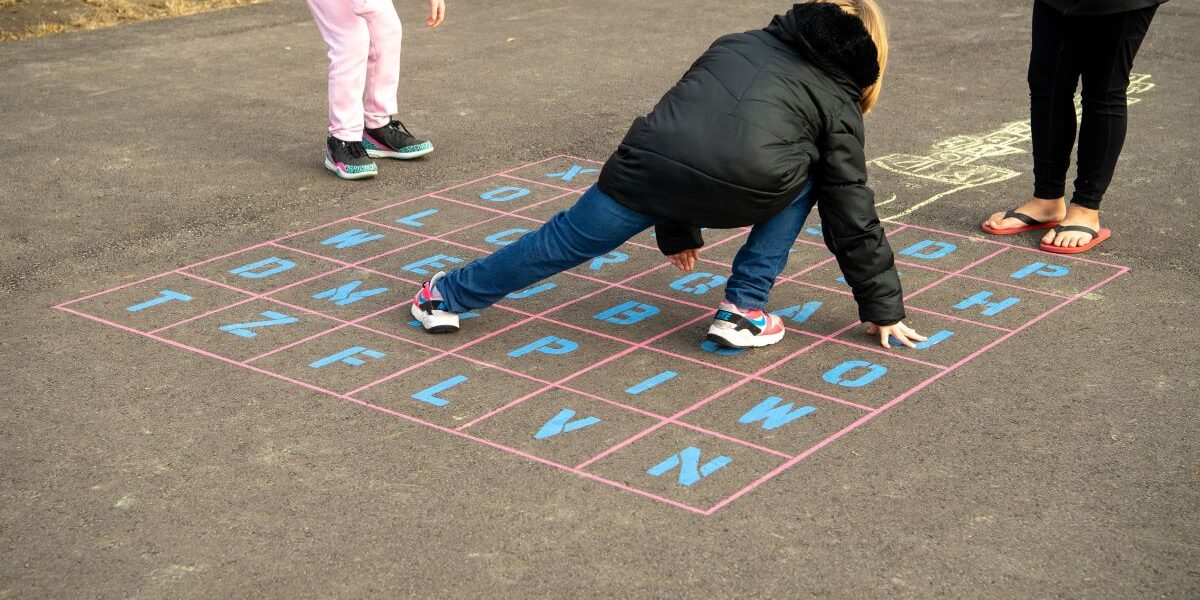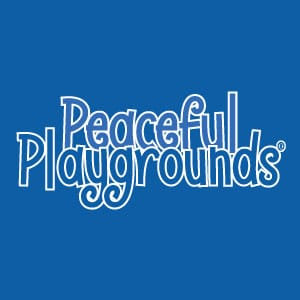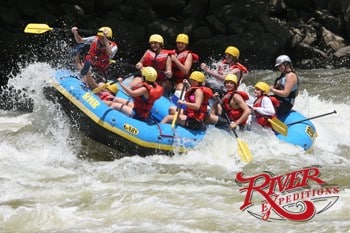Physical education isn’t just about kickball and team sports. It’s a crucial part of a well-rounded education for K-12 children, laying the foundation for both physical and mental well-being. The Centers for Disease Control and Prevention (CDC) points out that Physical Education improves grades and standardized test scores. It enhances academic learning, contrary to previous thinking that physical education time takes away from academic learning.
The research is clear: There is a significant, positive, and directly proportionate connection between school PE and academic performance. Children benefit from daily physical activity in multiple ways, many of which support their achievement in subjects like math, science, social studies, and language arts. Schools that prioritize moving during the school day are helping students acquire physical skills that will reap additional rewards, namely social, psychological, and emotional benefits.
However, all physical education programs are not equal. Quality physical education programs rely on focusing on physical education standards that ensure a well-rounded program that leads to student success.
Why focus on the 2024 National Physical Education Standards?
Physical education provides life skills that encourage students to be active and fit for life. It has a positive impact on students’ physical, mental, and emotional health. A quality physical education program provides standards-based curricula and instruction. SHAPE America the National Physical Education Association released the 2024 National Physical Education Standards in April. Their Educator Kit includes the National Physical Education Standards, the Rationale behind the standards, Grade-Span Learning Indicators, and provides the foundation of Quality Physical Education Programs. Learn what has changed in the new standards (and why) and get additional resources you can share with administrators and colleagues. The new National Physical Education Standards were released with a teacher education kit. Download the Standards and 2024 Teacher Education Kit. It’s free!
The Many Benefits of Quality Physical Education Programs
Healthy Habits for Life
PE gets kids moving, promotes strong bones, contributes to a healthy weight, and results in better sleep. It also encourages students to develop a love for physical activity, which can lead to lifelong healthy habits in sports participation. It is an essential part of children meeting the recommended 60 minutes of physical activity daily. In short, physical education helps children to “feel” better and is important to children’s future health. In essence, physical education lays the foundation for an active lifestyle.
Sports Participation
Physical education lays the foundation for motor skills, which are important in successful sports participation. You might think that teaching sports skills is difficult or challenging, but the key is practice. Exploring movement allows students to discover “what they are good at” in a non-threatening environment.
Recreational Sports Participation
Today’s sports tend to be hyper-competitive and demand a family time commitment (something most families have little of). For other than the athletic child, sports competition can be stressful and quite simply, not fun. Physical Education can provide a safe, recreational-type atmosphere when students of all skill levels enjoy a variety of friendly games with their friends and “enjoy” the experience in a less threatening environment that better fits the needs of all students.
Sharpened Minds
Physical activity increases blood flow and oxygen to the brain, boosting concentration, memory, and learning. This can translate to better grades and a more positive learning experience overall. A relatively recent education strategy is to intermix academic lectures with a bout of physical activity called Brain Breaks.
Brain Breaks are used within the classroom and generally take about 5 minutes to get children up and moving at their desks. Research shows that this short bout of activity contributes to increased concentration, reduced stress, and enhanced learning.
Here is an example of Brain Breaks that also work for rainy days or snow days for inclement weather days when students cannot go outside due to weather. When you see eyes starting to glaze over or fidgety students, it’s time to take a Brain Break. Download this list of Rainy-Day Activities and pull them out when you need a short Brain Break.
Teamwork and Social Skills
PE provides a space for students to work together, fostering communication, cooperation, and problem-solving skills. They learn to navigate challenges, resolve conflicts, and build friendships. If you’ve attended a school sports event recently, you may have noticed that too many students aren’t learning how to gracefully accept winning or losing. If poor sportsmanship begins to seep into your playground, school yard or physical education classes, that is the time to talk about winning and losing and the inevitable outcome of both when participating in competition settings and in life. Displaying good sportsmanship skills after winning and losing should look the same. “Good game” and similar mantras still should be taught in physical education, on sports teams, and at home.
Confidence and Self-Esteem
Mastering new skills in PE builds self-confidence and a sense of accomplishment. This can contribute to a positive self-image and increased self-esteem in young children. In physical education class, students’ physical skills are on display most all the time. A quality physical education class that teaches motor skills and sports skills results in more confident kids willing to participate in sports and recreational activities that otherwise they may not want to try without first receiving some instruction.
Stress Relief and Emotional Well-Being
Sometimes the simplest solution is the most effective. Exercise. Our brains respond to exercise most profoundly. Physical activity rewires our brain at a biochemical level helping us to manage stress more effectively. Put simply, physical activity is a natural stress reliever. PE allows students to burn off energy, improve their mood, and develop healthy coping mechanisms for dealing with stress. Studies show that exercise not only relieves stress but also reduces depression and improves cognitive function.
By building a quality physical education program based upon the 2024 National Physical Education Standards and grade level expectancies, combined with incorporating a variety of activities, from fundamental movement skills to teamwork-oriented games, PE programs can cater to all students’ needs and abilities. This ensures everyone has a chance to participate, experience success, and reap the numerous benefits Physical Education offers.
In conclusion, Physical Education is a vital part of a well-rounded education. It equips children with the tools they need to be healthy, happy, and successful learners, both inside and outside the classroom.
Dr. Melinda Bossenmeyer is a retired PE teacher and administrator. She is the founder of Peaceful Playgrounds, Inc., a nationwide recess program for elementary schools, www.peacefulplaygrounds.com.












